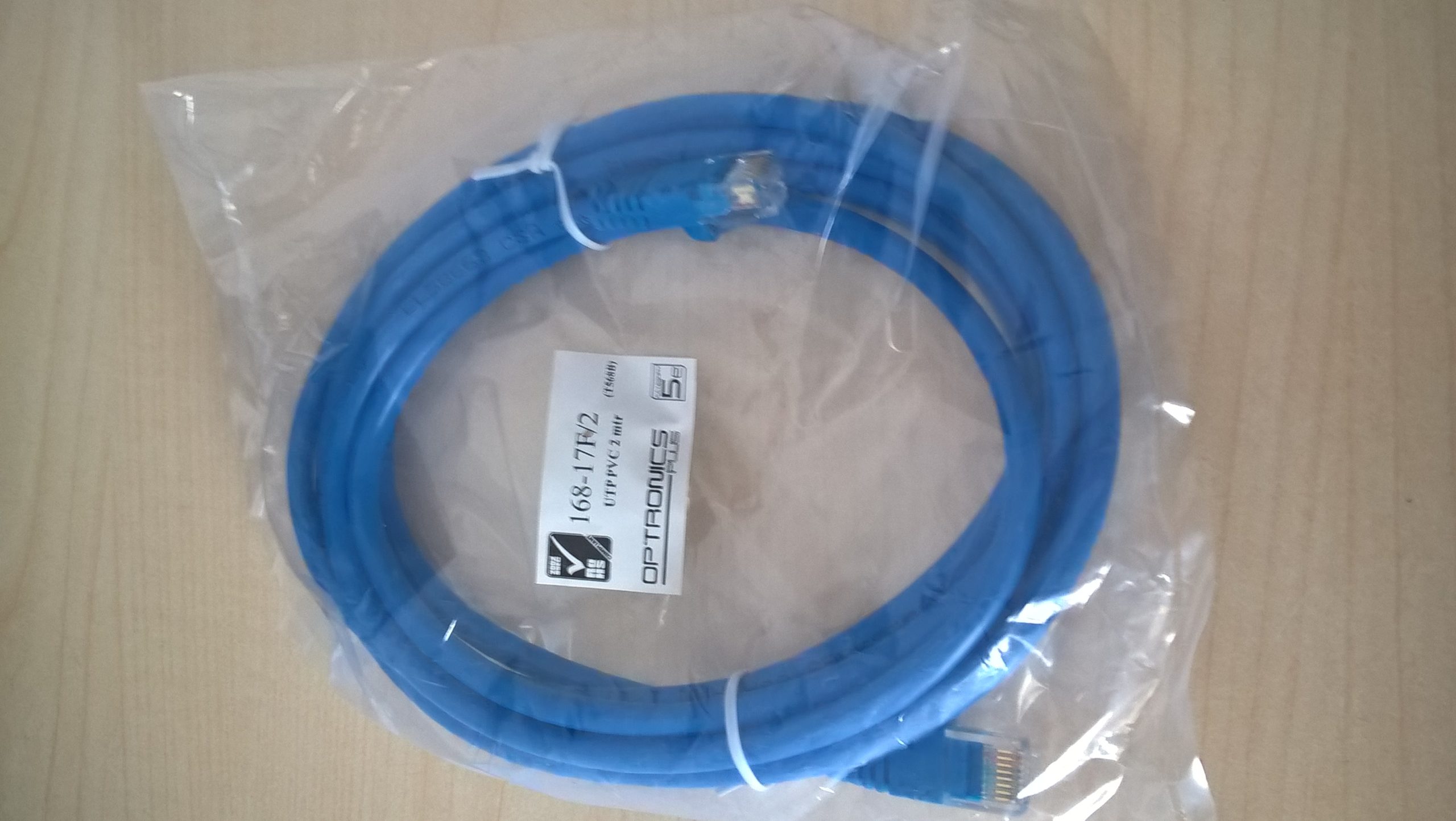Troubleshooting Keyboards Not Responding in Custom PCs: Understanding the Issues with Motherboards and USB Devices
Building your first custom PC can be both an exhilarating and overwhelming experience. As you plug in all of your components, boot up your system for the first time, and watch the lights dance across your new case, you might feel a sense of accomplishment. However, that joy can quickly turn into frustration when you encounter issues like peripherals not responding as expected. In this blog post, we will delve into a specific problem encountered by many new PC builders: keyboard connectivity issues. We will analyze whether these problems stem from the motherboard or the keyboard itself, explore common troubleshooting methods, and suggest potential solutions.
Your Setup: The Components at a Glance
In your build, you are using an MSI B450M Pro VHD Max motherboard and a Corsair CX650M power supply. Both of these components are reputable and well-regarded in the PC hardware community, but issues can arise in any build. In this post, we’ll focus on the potential causes behind the intermittent failure of your keyboard to connect, while exploring the function and reliability of each component.
Understanding USB Ports and Peripheral Connectivity
Universal Serial Bus (USB) is the standard connection for most peripherals, including keyboards, mice, and external drives. A motherboard generally comes with multiple USB ports, functioning in various configurations such as USB 2.0, USB 3.0, and USB-C. When issues arise with USB devices like your keyboard, it could be a sign of a deeper issue with the motherboard, the keyboard, or the operating system.
A Closer Look at the MSI B450M Pro VHD Max
The MSI B450M Pro VHD Max motherboard is built around the AMD B450 chipset, designed for AMD Ryzen processors. It supports a variety of USB ports: two USB 3.2 Gen 1 ports, four USB 2.0 ports, and several other connection types. Knowing how these ports are utilized is important when troubleshooting.
- USB 2.0: Older peripherals often utilize USB 2.0 ports. These are slower than USB 3.0 but can be more compatible with certain devices.
- USB 3.0: These ports offer higher speeds and power delivery, making them ideal for devices with larger data needs.
In your case, you mentioned that the keyboard is the only peripheral causing issues. The mouse and Bluetooth adapter are functioning correctly, indicating that power delivery and basic USB functionality are working as intended.
A Deep Dive into USB Connectivity Issues
Motherboard Problems: Faulty Ports or Power Issues
-
Faulty USB Ports: One potential issue could be that specific USB ports on the motherboard are damaged or malfunctioning. Over time, mechanical stress or environmental factors such as moisture can lead to degradation.
-
Power Supply Issues: While the Corsair CX650M power supply is generally reliable, inadequate or fluctuating power delivery can affect the performance of connected devices. It’s crucial to ensure that the power supply is adequately providing the needed current when the system boots up.
-
BIOS Settings: Occasionally, the problem may originate from BIOS settings. Ensuring that USB legacy support is enabled can improve compatibility with older peripherals.
Keyboard Problems: Hardware or Driver Issues
-
Keyboard Malfunction: If the keyboard itself has issues, such as a malfunctioning connector or damaged internal components, this could be causing your intermittent problems. It’s worth testing the keyboard on another computer to see if the issue persists.
-
Driver Conflicts: In some cases, driver conflicts can prevent peripherals from communicating effectively with the system. Checking for updates can resolve these conflicts.
Troubleshooting Steps for USB Keyboard Issues
Now that we’ve outlined potential causes for the keyboard issue, here are some comprehensive troubleshooting steps:
Step 1: Test the Keyboard on Another Device
Start by connecting your keyboard to a different computer or laptop. This will help to determine if the issue lies with the keyboard itself. If it works without problem, you can rule out the keyboard as the source of the issue.
Step 2: Swap USB Ports
Try using different USB ports on your motherboard. If your keyboard works consistently in a different port, you may have a faulty port in your original connection. It’s also advisable to try different combinations, especially between USB 2.0 and USB 3.0 ports.
Step 3: Update Motherboard BIOS
Updating the BIOS can resolve bugs and improve USB device compatibility. To do this:
- Go to the MSI website and locate the downloads section for the B450M Pro VHD Max.
- Download the latest BIOS version.
- Follow the included instruction for updating the BIOS.
Step 4: Check USB Power Options
In some cases, USB power management options can cause peripherals to stop functioning correctly:
- Go to Device Manager (Right-click on the Start Menu).
- Expand the “Universal Serial Bus Controllers” section.
- Right-click on each USB Root Hub and select “Properties.”
- Under the “Power Management” tab, uncheck “Allow the computer to turn off this device to save power.”
Step 5: Consumer Feedback and Reviews
Consult online forums and review sites to see if other users have experienced similar issues with the MSI B450M Pro VHD Max. Often, you can find solutions from individuals who have gone through similar challenges, providing valuable insight into potential fixes.
Step 6: Keyboard Driver Update or Installation
Make sure to check for the latest drivers for your keyboard:
- In Device Manager, find your keyboard.
- Right-click and select “Update driver.”
- Choose “Search automatically for updated driver Software.”
If the problem persists, it may help to uninstall the keyboard driver and let Windows reinstall it upon reboot.
Long-Term Solutions: Understanding Your PC Setup
In addition to troubleshooting intermittent issues, consider these long-term strategies to strengthen your knowledge and improve the reliability of your setup.
Regular System Maintenance
Maintaining your PC involves several tasks that can prevent issues:
- Regular Software Updates: Keep your BIOS, drivers, and operating system up to date.
- Dust Management: Dust and particles can hinder connections. Clean your components regularly.
Proper Power Management
-
Uninterrupted Power Supply (UPS): Investing in a UPS can provide stable power and protect against voltage spikes that may damage components.
-
Power Supply Load Management: Make sure your power supply is appropriate for your system’s components. Overloading a power supply can cause malfunctioning.
Community Engagement
Participating in online forums and communities can provide invaluable support. Whether it’s Reddit, HardOCP, or Tom’s Hardware, engaging with like-minded enthusiasts can spark ideas and solutions.
Conclusion: Finding the Cause of Your Keyboard Issue
Keyboard connectivity issues when building a custom PC can be frustrating. However, with methodical troubleshooting and a clear understanding of your components, you can often pinpoint the exact problem. By examining both the motherboard and the keyboard, users can diagnose if the issues stem from defective hardware or system settings.
In your case, since your keyboard is intermittently failing to recognize, yet other peripherals function properly, focus initially on testing your keyboard in another machine and checking various USB ports. Regular maintenance and monitoring of updates will also go a long way in ensuring smooth performance.
With patience and perseverance, you’ll not only resolve the current connectivity issue but also gain valuable knowledge for future PC builds and troubleshooting scenarios. Happy building, and may your setup run smoothly!
Share this content:




What a comprehensive guide on troubleshooting keyboard connectivity issues! As someone who has faced similar challenges during my own custom PC builds, I can appreciate the importance of a systematic approach to diagnosing problems. One additional step I found helpful in the past was to check the integrity of the USB cables and connectors. Sometimes, a simple fray in the cable or a loose connector can lead to intermittent connectivity.
Moreover, I recommend keeping an eye on firmware updates for your peripherals, as companies occasionally release updates to improve compatibility with newer operating systems or address known issues. It might also be beneficial to consider using a powered USB hub, especially with multiple devices connected, to ensure consistent power delivery, which seems relevant given your selected power supply.
Lastly, it’s great that you highlighted the community aspect of PC building! Engaging with others can provide insight into shared experiences. I’d encourage new builders to document their troubleshooting journey; it can be incredibly valuable for others in the community facing similar hurdles. Happy building, everyone!
Technical Support Response
Hello,
Thank you for reaching out regarding your keyboard connectivity issues with your custom PC build. I understand how frustrating it can be when your peripherals don’t respond as expected, especially after putting in the effort to assemble your setup. Let’s work through this together.
Assessing the Issue
Given that your mouse and Bluetooth adapter are functioning properly, it seems that the issue is isolated to your keyboard. Here are some additional troubleshooting tips you can follow to further diagnose the problem:
1. Test with Another Keyboard
If possible, try connecting a different keyboard to your system. This will help establish whether the issue lies with the original keyboard or your PC’s configuration.
2. Check for Physical Damage
Inspect both the keyboard’s cable and USB connector for any visible signs of damage. A faulty connection can lead to intermittent recognition issues.
3. Use a Powered USB Hub
If you’re using USB ports that share power with other devices, consider testing your keyboard with a powered USB hub. This ensures that your keyboard receives sufficient power.
4. Monitor for Environmental Factors
Sometimes, static electricity or fluid exposure can affect keyboard performance. Make sure your workstation is properly grounded and free from moisture.
Response to Keyboard Connectivity Issues
This is a commonly encountered issue when building custom PCs, and I appreciate your detailed analysis of the potential causes. Given your specific setup with the MSI B450M Pro VHD Max motherboard, let’s focus on some additional troubleshooting steps and insights that might help resolve the keyboard connectivity problem.
Additional Troubleshooting Measures
Check for Physical Connection Problems
Sometimes, the issue may come down to a loose connection. Ensure that the keyboard cable is firmly plugged into the USB port. Additionally, inspect both ends of the cable for any visible damage.
Consider BIOS Reset
If updating the BIOS doesn’t help, you can also try resetting it to default settings. This can be done by accessing the BIOS during boot-up (usually by pressing DEL or F2) and selecting the option to load optimized defaults.
Testing Compatibility with Other Peripherals
While testing the keyboard on another PC is a great start, you might also want to try using different USB peripherals on the same ports to rule out isolated port issues. For example, see if another USB keyboard or mouse works in the ports where the original keyboard fails.
Examine Event Viewer for USB Errors
If you’re using Windows, you can check the Event Viewer for any error logs related to USB